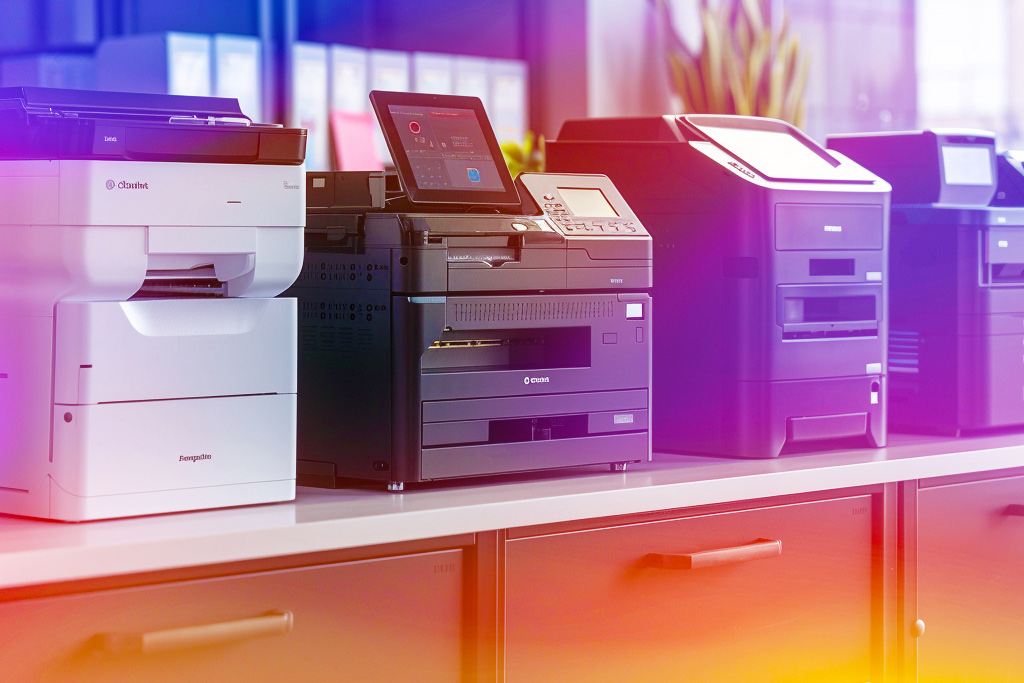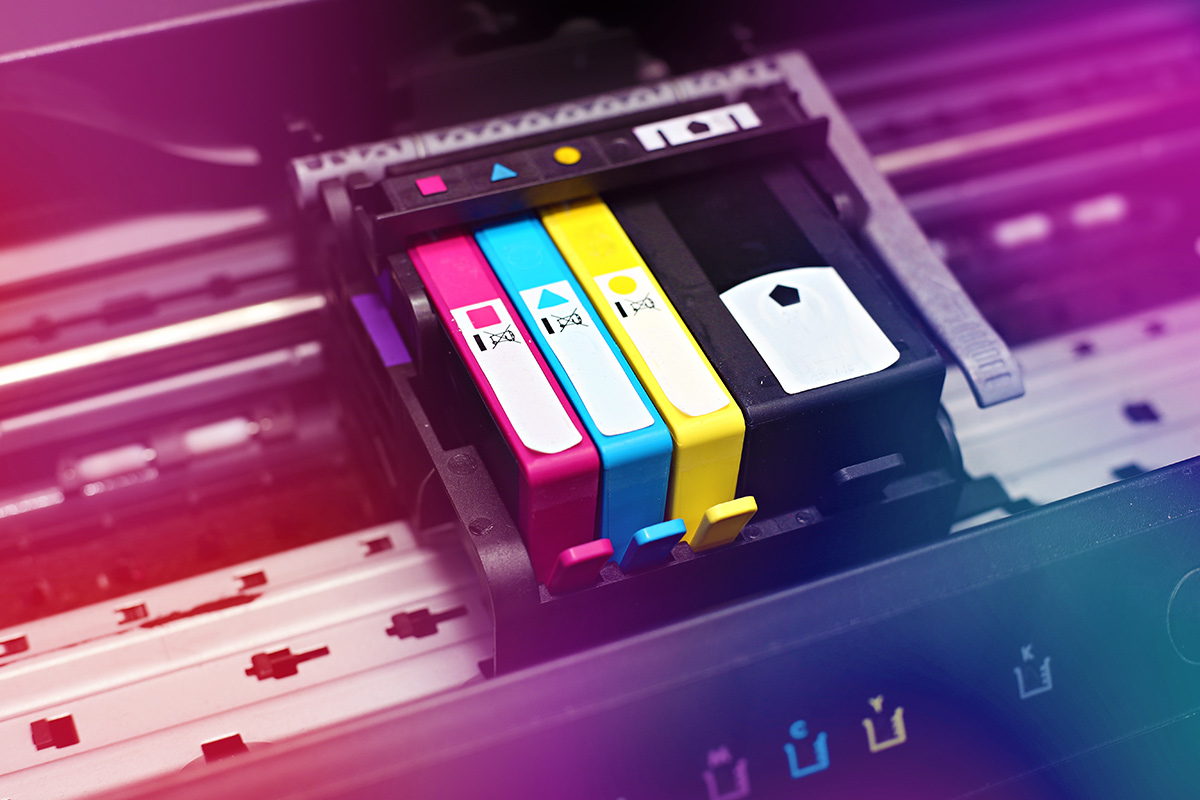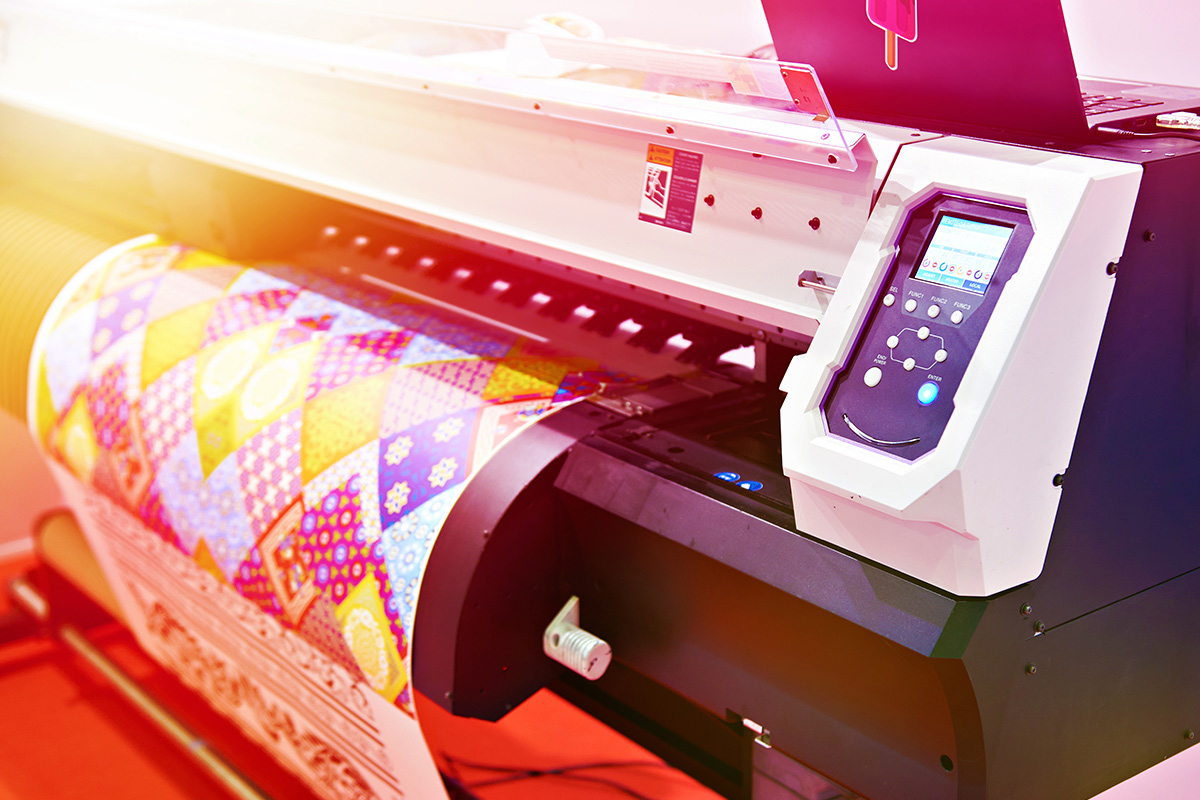In the modern office landscape, a reliable printer is essential for day-to-day operations. Whether you’re printing documents, reports, or marketing materials, having the right printer can significantly impact productivity and efficiency. However, with a wide array of options available on the market, choosing the perfect printer for your office can be a daunting task. In this guide, we’ll walk you through the key factors to consider when selecting a printer that meets your office’s needs and budget.
1. Determine Your Printing Needs
 The first step in choosing the right printer is to assess your office’s printing requirements. Consider factors such as:
The first step in choosing the right printer is to assess your office’s printing requirements. Consider factors such as:
– Volume: How many pages do you print on average each month? Are you a low, medium, or high-volume printer?
– Types of Documents: What types of documents do you primarily print? Text-heavy documents, graphics, photos, or a combination of these?
– Color vs. Monochrome: Do you need the ability to print in color, or is monochrome printing sufficient for your needs?
– Special Requirements: Do you require additional features such as scanning, copying, faxing, or duplex (double-sided) printing?
2. Printer Type

Once you’ve determined your printing needs, you can narrow down your options based on the type of printer that best suits your requirements:
– Inkjet Printers: Ideal for printing high-quality photos and graphics, inkjet printers are versatile and relatively affordable. They’re suitable for offices with moderate printing volumes and can handle both color and monochrome printing tasks.
– Laser Printers: Laser printers are known for their fast print speeds and crisp text quality, making them well-suited for high-volume printing environments. They’re more cost-effective for monochrome printing but can also produce decent color prints, especially in higher-end models.
– All-in-One Printers: These multifunction printers combine printing, scanning, copying, and sometimes faxing capabilities into a single device. All-in-one printers are space-saving solutions that offer convenience and versatility for offices with diverse needs.
3. Consider Total Cost of Ownership (TCO)

When evaluating printer options, it’s essential to consider the total cost of ownership beyond the initial purchase price. Factors to consider include:
– Consumables: Take into account the cost of replacement ink or toner cartridges, as well as paper and other consumables.
– Maintenance: Consider the cost of regular maintenance, repairs, and servicing over the printer’s lifespan.
– Energy Efficiency: Look for printers with energy-saving features to minimize ongoing energy costs.
4. Connectivity and Compatibility

Ensure that the printer you choose offers the connectivity options you need to integrate seamlessly with your office environment:
– Wired and Wireless Connectivity: Look for printers that support both wired (USB, Ethernet) and wireless (Wi-Fi, Bluetooth) connectivity options for maximum flexibility.
– Mobile Printing: Consider printers that support mobile printing technologies such as AirPrint (for iOS devices) and Google Cloud Print (for Android devices) for convenient printing from smartphones and tablets.
5. Brand Reputation and Support

Choose a reputable printer brand known for reliability, quality, and excellent customer support:
– Research Reviews: Read reviews and customer feedback to gauge the reliability and performance of different printer models.
– Warranty and Support: Look for printers that come with a comprehensive warranty and responsive customer support to address any issues that may arise.
6. Scalability and Future Needs

Anticipate your office’s future printing needs and choose a printer that can scale with your business:
– Scalability: Select a printer that offers options for expanding capacity or adding additional features as your office grows.
– Upgradeability: Consider whether the printer allows for easy upgrades such as adding extra paper trays or memory modules.
Conclusion:
Choosing the right printer for your office requires careful consideration of your printing needs, budget, and long-term requirements. By assessing factors such as volume, printer type, total cost of ownership, connectivity, brand reputation, and scalability, you can make an informed decision that enhances productivity and efficiency in your office workflow. Remember to research thoroughly, compare options, and prioritize features that align with your office’s specific needs and goals. With the right printer in place, you can streamline printing tasks and empower your team to focus on what matters most—achieving success in your business endeavors.
